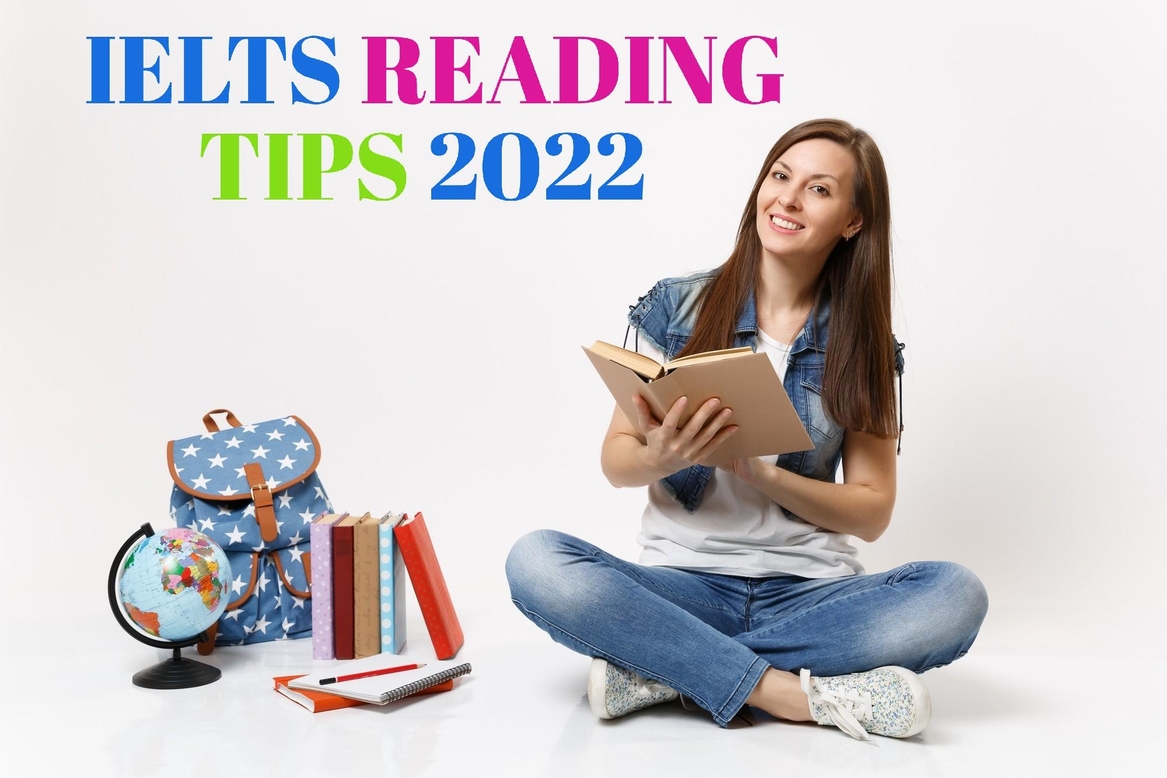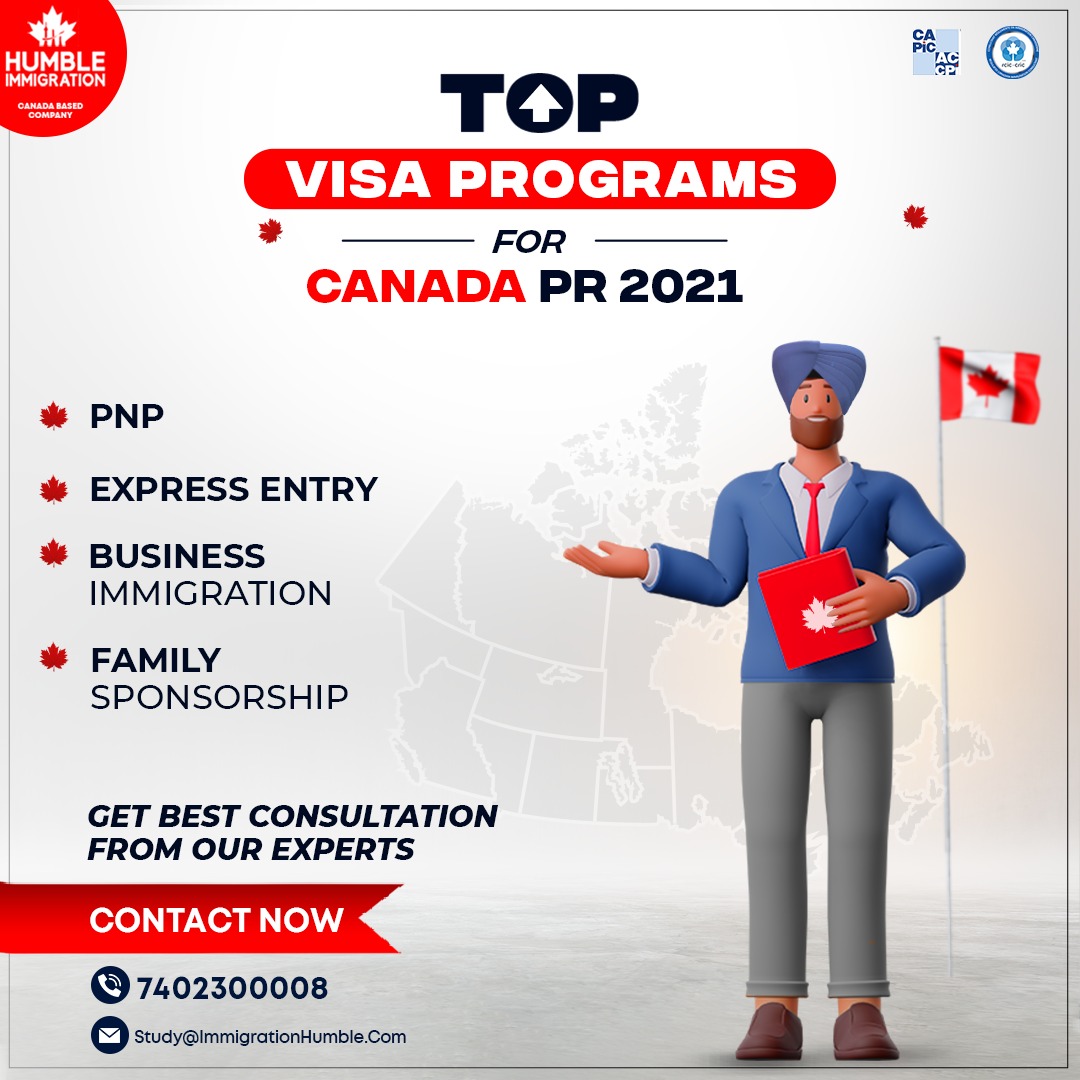
Master IELTS Reading in no time with these professional Tips
Reading is considered one of the toughest modules in IELTS by most candidates. A major obstacle to scoring good scores in IELTS is a lack of good vocabulary and not being habitual of reading in routine. There are different strategies that could be opted by candidates to improve scores in reading.
On a general level, one can score higher by inculcating certain habits:
- Reading some text of interest in routine, to get habitual of reading which seems to be straining for most candidates. The text could be a newspaper, a novel, or even a fictional book.
- It is equally important to work on vocabulary improvement. For which, one could keep working on learning synonyms of each word they come across, or at least the words they generally face in reading. A fun way to improve vocabulary could be to play some game based on vocabulary on a gadget.
- A major constraint in reading is time management. To overcome this, one could read general text keeping the word count and time in check, thus improving reading speed.
- Along with reading, it is equally important to understand what is being read and what the author is trying to convey, for which, a precise practice could come to the rescue.
Question based strategies to improve IELTS Reading Bands or Scores:
Best Tips to follow before starting the Task:
- Read the title and instructions of the passage first. This helps you to know firstly, how many questions you need to answer after reading this passage. Secondly, reading the title of passage gives you a clue on regarding what the passage is about. This also helps you to understand vocabulary as in English, the meaning of a word sometimes varies as per its usage.
- Then, go through all the question types, so that you get to know what you have to do and what strategies you need to follow.
- For most question types, the answers are in a sequence, so you can use that as an important clue.
- Do not spend too much time on one question. If you are unable to find an answer to a question, it is better to leave it and move ahead.
- Make sure to transfer the answers directly to the answer sheet as you do not get any extra time to transfer answers in reading.
- Make sure to transfer the answers in capital letters, this also helps to prevent the score reduction because of confusion of spelling errors, arising due to illegible handwriting.
Types of questions:
- True/False/ Not Given: In this type of question, the candidate is expected to match the information given in question with the information in the passage and state whether the information is true/ false and if the statement is not mentioned in the passage, not given.
- Yes/ No/Not Given: These questions are in a way similar to the ones discussed above, the only difference is that the statement is to be marked yes/ no/ not given as per instructions.
- Matching headings: There is a certain number of headings given as questions and the candidate has to match a heading to a paragraph given in the reading passage.
- Matching features: In these questions, usually, the names of authors or scientists are provided and the test taker needs to match the sentences given as questions with the author or scientist associated with it.
- Matching information: Matching information requires the individual to specify which paragraph contains the given information.
- Fill in the blanks: Just like it has been done in a proper school or college set-up, in this, a sentence needs to be completed with a word from the passage.
- Summary Completion (with words): As fill in the blanks, here also, sentences are to be completed with the suitable words, however, the text here is in the form of a summary and the sentences are to be completed with a word given along. These provided words are usually synonyms or antonyms of the words in the passage.
- Summary Completion (without words): As in the previous set of questions, the only difference here is to look for a suitable word from the passage and write it as it is.
- Multiple choice questions: This comprises of questions where three or four options are given to choose from as an answer.
- Table completion: The information here is in the form of a table that needs to be completed by providing a suitable answer.
- Labelling Diagram: If there is a process or working of machinery is provided in the passage, this kind of question can be found. It shows a diagram, with indications to different parts, the candidate is supposed to give the names to these.
- Short-answer questions: These are simple questions where the answer is to be provided in maximum 3 words.
Most of the answer searching is based on three types of keywords:
- Proper Nouns such as the name of a research, study, person or place
- Date or a year or time period
- A word that can change or add meaning like a lot, some, few, many, most, and so on.
These are some of the basic strategies that could help a candidate take on the IELTS reading test, practice it by keeping these strategies and tips in mind, to be able to get the desired scores and fulfill the dream of studying or settling abroad. Further, to get a grip of these strategies and excel in the test, enroll yourself for IELTS classes at Humble Immigration, get trained by the expert trainers, trained by IDP, the British council, and PTE, and give wings to your dreams.



